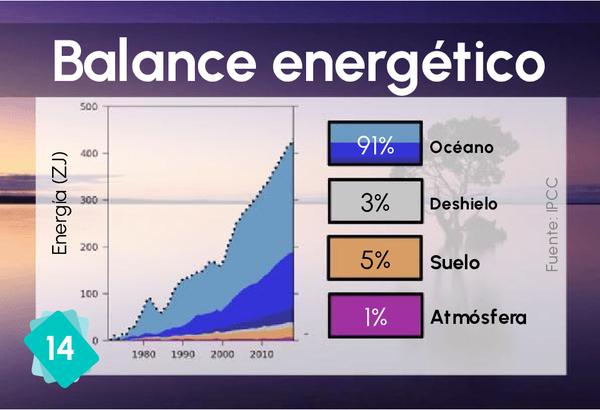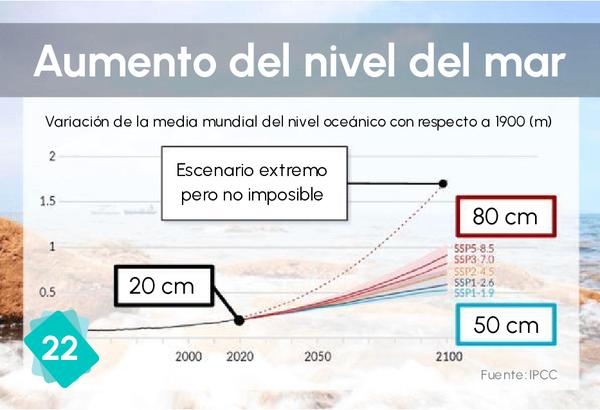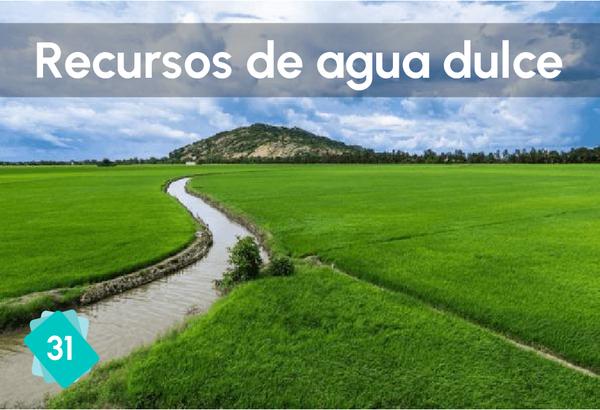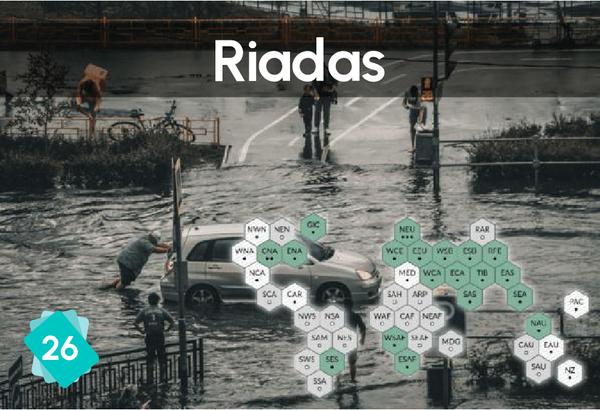16 - Deshielo de los glaciares
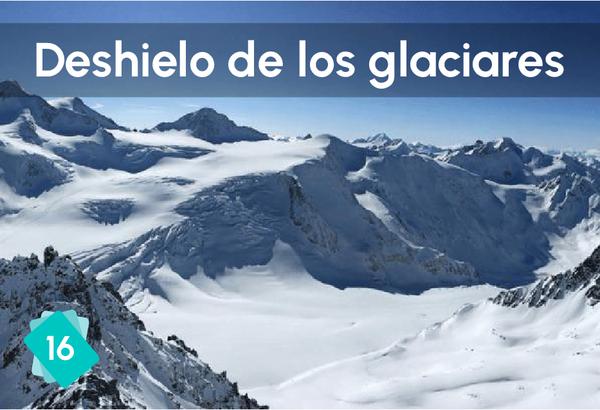
✏️ Esta explicación aún no está disponible en tu idioma, haz clic aquí para sugerir tu traducción o escribe un correo electrónico a fdc.memo@marc-antoinea.fr.
Here, we are talking about mountain glaciers. Technically, they are frozen water currents, and therefore have a higher viscosity (thickness) than water.
1Causa
2Consecuencias
El nivel del mar ha aumentado una media de 20 cm desde 1900. Entre 1971 y 2018, alrededor de la mitad del aumento del nivel del mar se debió a la expansión térmica de los océanos (50,4%). El deshielo de los glaciares es el segundo contribuyente con un 22,2%, seguido por el deshielo de Groenlandia (12,6%), el deshielo de la Antártida (7,1%). Aunque el deshielo de los glaciares contribuyen significativamente al aumento actual del nivel del mar, su deshielo total sólo elevaría los niveles de agua en 0,3 m, mientras que Groenlandia y la Antártida tienen el potencial de aumentar los niveles de agua en 7 m y 58 m respectivamente.
FUENTES: AR6 WG1 Box TS.4 p45 // AR6 WG1 Cross-Chapter 9.1, Figura 1: contribución al aumento de los niveles de agua p1308 (p1291) // AR6 WG1 Box TS.4, Figura 1: escenarios de aumento de agua p46 (p78)
Melting glaciers threaten water supplies. Indeed, the relative importance of glacier melt water in summer can be considerable, contributing for example to 25% of August flows in the basins draining the European Alps, with an area of about 105 km2 and only 1% glacial cover. Their disappearance could be catastrophic for cities located in valleys watered by rivers flowing down from the surrounding mountains and for freshwater fauna. Glacier meltwater also increases in importance during droughts and heat waves.




